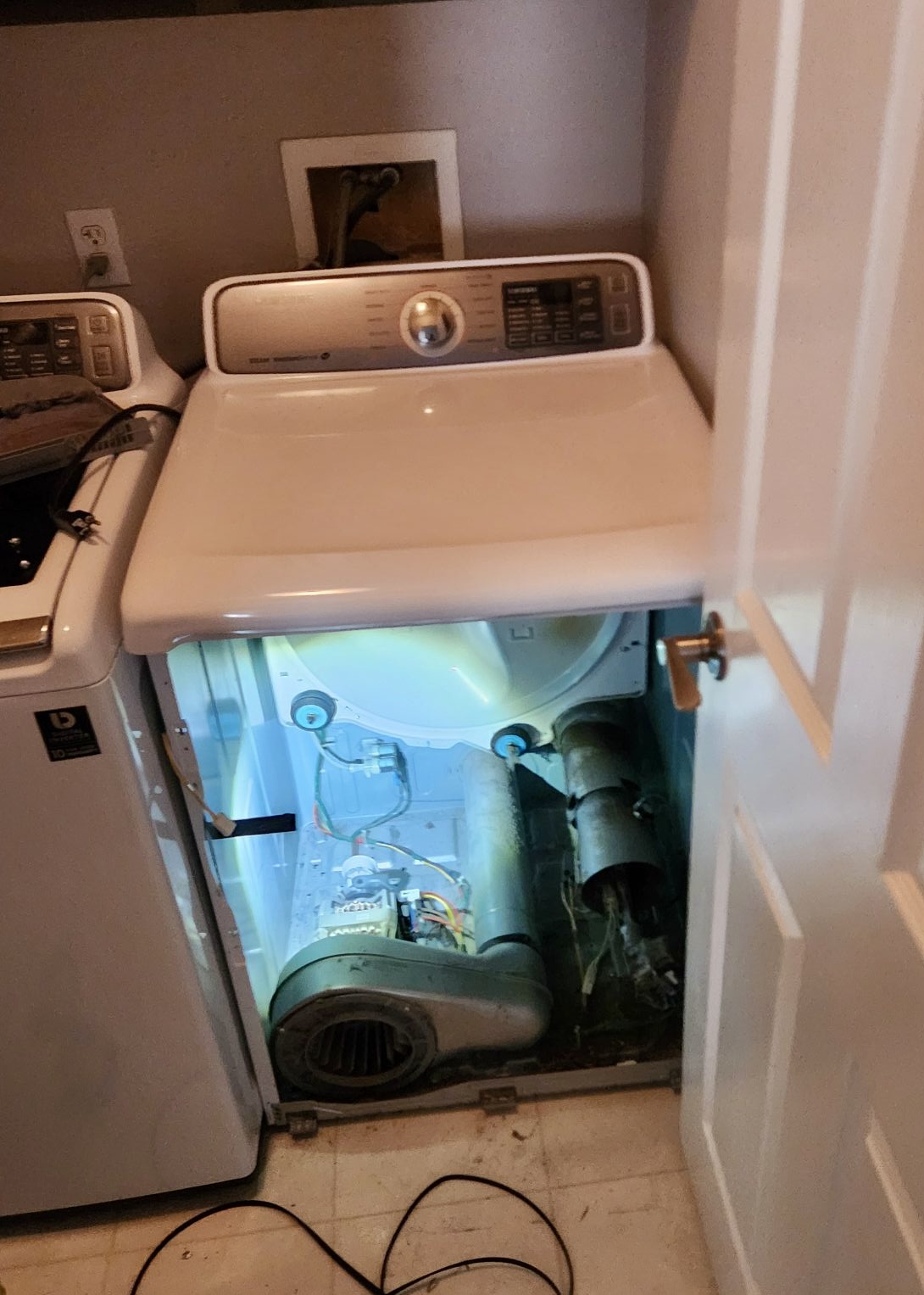
A leaking washing machine is one of the most common yet frustrating problems homeowners face. When water starts pooling beneath your washer, it not only creates a mess but can also damage flooring, create mold issues, and indicate a more serious mechanical problem. Two of the most frequent culprits behind such leaks are damaged hoses and worn-out gaskets. Understanding the cause and resolving it quickly is key to avoiding costly repairs down the line.
Understanding the Source of the Leak
Water leaking from underneath your washing machine is often misleading. It may appear as though the base is the source, but in many cases, it travels from other parts of the washer. That’s why a visual inspection is essential. The two most common causes include:1. Damaged or Loose Hoses
The hoses in your washing machine are responsible for water inflow and outflow. Over time, these hoses—particularly the drain hose and the fill hoses—can develop cracks, bulges, or become loose at the connection points.- Drain Hose: If the drain hose is cracked or poorly connected, water will leak out during the draining cycle and end up beneath your machine. Also, improper placement of the hose can cause backflow issues.
- Inlet Hose: Though less common, leaks from the inlet hose typically happen when the machine fills with water. The seals around the connection may deteriorate, especially if they’re rubber-based and exposed to constant pressure.
2. Worn-Out Gasket or Door Seal
Front-load washing machines use a rubber gasket to seal the door and prevent water from escaping. This gasket is under stress from heat, moisture, and detergent buildup over time. Mold growth and physical wear are also common. Once this gasket starts to crack or break, leaks are almost inevitable, especially during the spin cycle. For top-loading machines, internal tub gaskets and seals can also wear out and allow water to leak down through the body of the washer to the floor.Signs That Point to Hose or Gasket Issues
You can often detect problems early by watching for specific signs:- Puddles forming under or near the washer
- Moisture or water stains on the back wall or floor behind the machine
- Rust or corrosion around hose connections
- Visible cracks or mold on the rubber gasket
- A musty smell, especially in front-load machines (a sign of gasket mold)
DIY or Call a Professional?
While it’s tempting to take on a washer repair yourself, it’s important to know when to stop. Replacing a hose may be a manageable DIY task for someone comfortable with tools, but deeper issues like internal gaskets or seals should be left to professionals. Additionally, misdiagnosing the problem may lead you to replace the wrong part—costing time and money, and delaying the actual fix.Preventive Measures to Avoid Future Leaks
Regular maintenance can help you avoid such leaks in the future:- Inspect hoses at least once every six months for signs of wear.
- Replace rubber hoses with braided stainless steel ones for longer durability.
- Clean the gasket monthly with a mixture of vinegar and water to prevent mold buildup.
- Don’t overload the washer, which can stress internal components and seals.
- Ensure the machine is level, as an uneven washer can cause excessive shaking that loosens fittings.
When to Call San Diego Appliance Repair Service
If your washing machine is leaking from underneath and you’ve spotted signs of a damaged hose or worn-out gasket, it’s time to take action. Ignoring the issue can lead to:- Extensive water damage
- Mold growth
- Higher utility bills
- Complete breakdown of the appliance